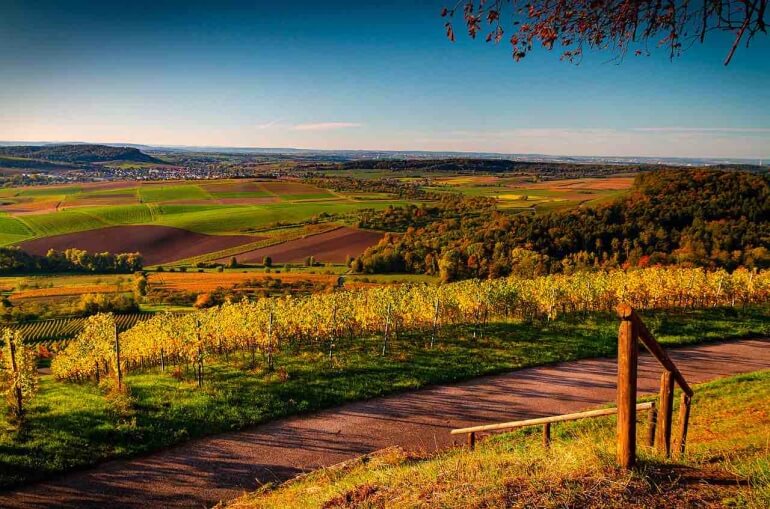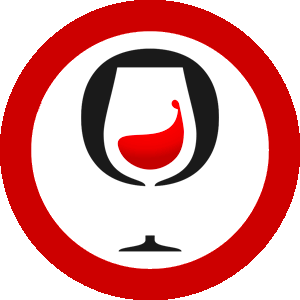
All you need to know about the vineyard of Languedoc-Roussillon
Long in the shadow of the most famous Bordeaux wines, the Languedoc-Roussillon wines are now known for their type after a long time in the shadow of the most famous Bordeaux wines, the Languedoc-Roussillon wines are now known for their typicity and rich aromatic palette. Bordering the Mediterranean Sea, the Languedoc-Roussillon vineyard is the largest in France. It covers no less than 4 departments (Aude, Gard, Herault and Pyrenees-Orientales) and has 228,000 hectares of vineyards, including 89,000 hectares of vineyards that are exploited as AOCs. The wines produced in this wine-growing region, whose history goes back several decades, are very varied, as is the case with the white wine of Limoux, named as the world's first ever sparkling wine. Whether you are a great wine lover of Languedoc-Roussillon or a novice ready to be tempted by a tasting, it is time for us to share with you some rudiments on a territory that deserves a great attention. Red, white, rosé, sparkling or even natural sweet wines are there waiting for you.
A climate and soil suitable for viticulture.
The Languedoc-Roussillon vineyard comprises a wide diversity of interesting territory and climate assets. Indeed, the fall, winter and spring are mostly mild while summer is very hot and dry. It is possible that a few early frosts persist until April but winters are generally sunny and temperatures rarely negative. These aspects of the climate make this region a pleasant area for viticulture. Winds are relatively frequent to help dry vines and prevent them from upcoming illnesses. The soils of the Languedoc-Roussillon vineyards vary greatly by name. Each specificity is represented by soils such as vast terraces of rolled pebbles, shales, limestone, marl and sandstone, but also clayish, sandy soils, etc. The mineral and chemical composition of these soils are great assets to produce original wines. The grape varieties present in Languedoc-Roussillon. The Languedoc-Roussillon vineyard is rich in diversity. We find many varieties of grapes to enable the production of structured and flourished wines. Among the famous grape varieties of this territory are:
- Grenache, a heat-free, productive grape variety that permits to produce aging wines with great persistence in the mouth;
- Mourvèdre, to produce strong and colourful wines;
- Cabernet-sauvignon, one of France's most famous grape varieties, promoting the creation of colourful and long-lasting wines;
- Cinsault, a low-yield grape that nevertheless produces fruity, supple wines.
A multitude of other grape varieties can also be found in Languedoc-Roussillon such as the picpoul, muscat, carignan, bourboulenc, clairette, syrah or even cot. They all enrich our taste buds with typical flavours and reflect the Mediterranean influence of the region.
The AOCs and wines produced in Languedoc-Roussillon.
Each year, the Languedoc-Roussillon vineyard produces intense and ripe red wines whose appearance is irresistible for tasting. The white wines are not left out, as we can notice the presence of croissants, sparkling or salutary wines to accompany your desserts. With 23 appellations, the Languedoc wines do not resemble. The red, white or rosé wines are generally produced under the regional name: AOC Languedoc. But there are equally appellations referred to as "sub-regional". Among the sub-regional appellations, Saint-Chinian, Corbières and Faugères are AOCs that already sounds in our minds when we think of wines from the South of France. Whereas, these 3 appellations share the production of Languedocian wines with the appellations Malpère, Limoux, Cabardès, Minervois-La Livinière, Costières de Nîmes, Crémant de Limoux, Clairette du Languedoc, Corbières-Boutenac, Fitou and Minervois. Finally, there are also 4 communal appellations specific to the natural white sweet wines (AOC Muscats) and a communal appellation specific to the dry white wine known as Clairette de Bellegarde. On the whole, the red wines produced in Languedoc-Roussillon are powerful, reflecting a sunny climate and a harvest carried out at maturity. Eaten young, these wines mainly offer notes of red fruits. More advanced, they reveal notes of leather and candied fruit. On their part, white wines offer a varied aromatic palette thanks to their blends. They are more complex but maintain a good balance. All you need to do is sit comfortably around a beautiful table and enjoy all the richness of a good wine from Languedoc-Roussillon. Our wine cellar team will always be at your disposal in case you have any questions in relation with the wines from this region.
Enjoy the tasting!

